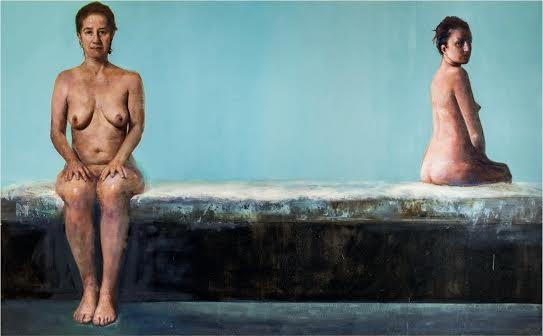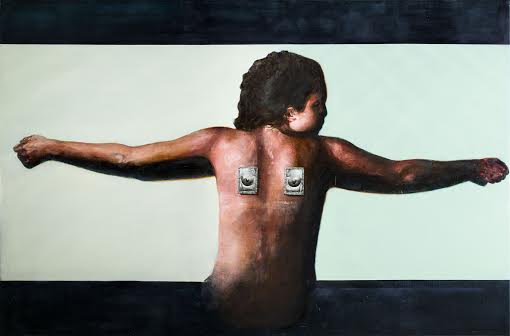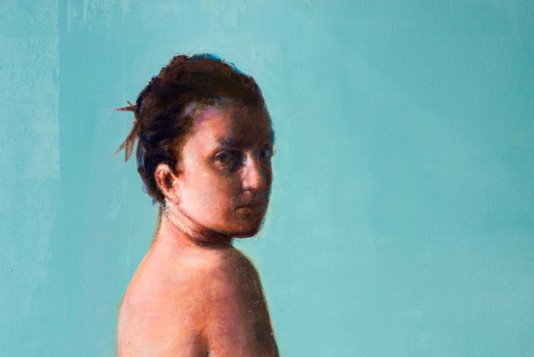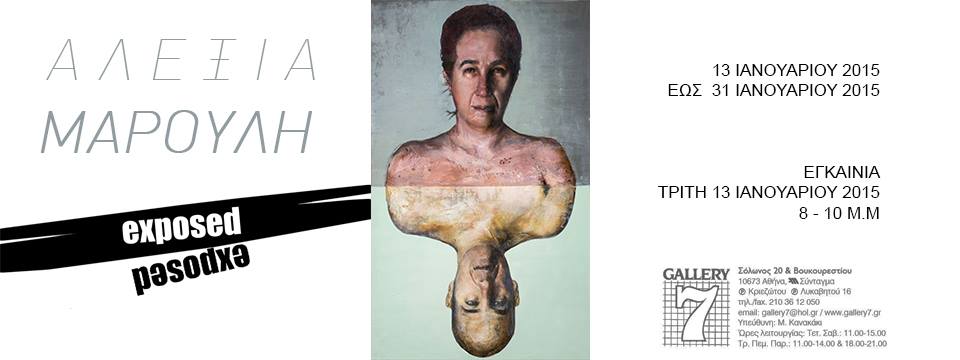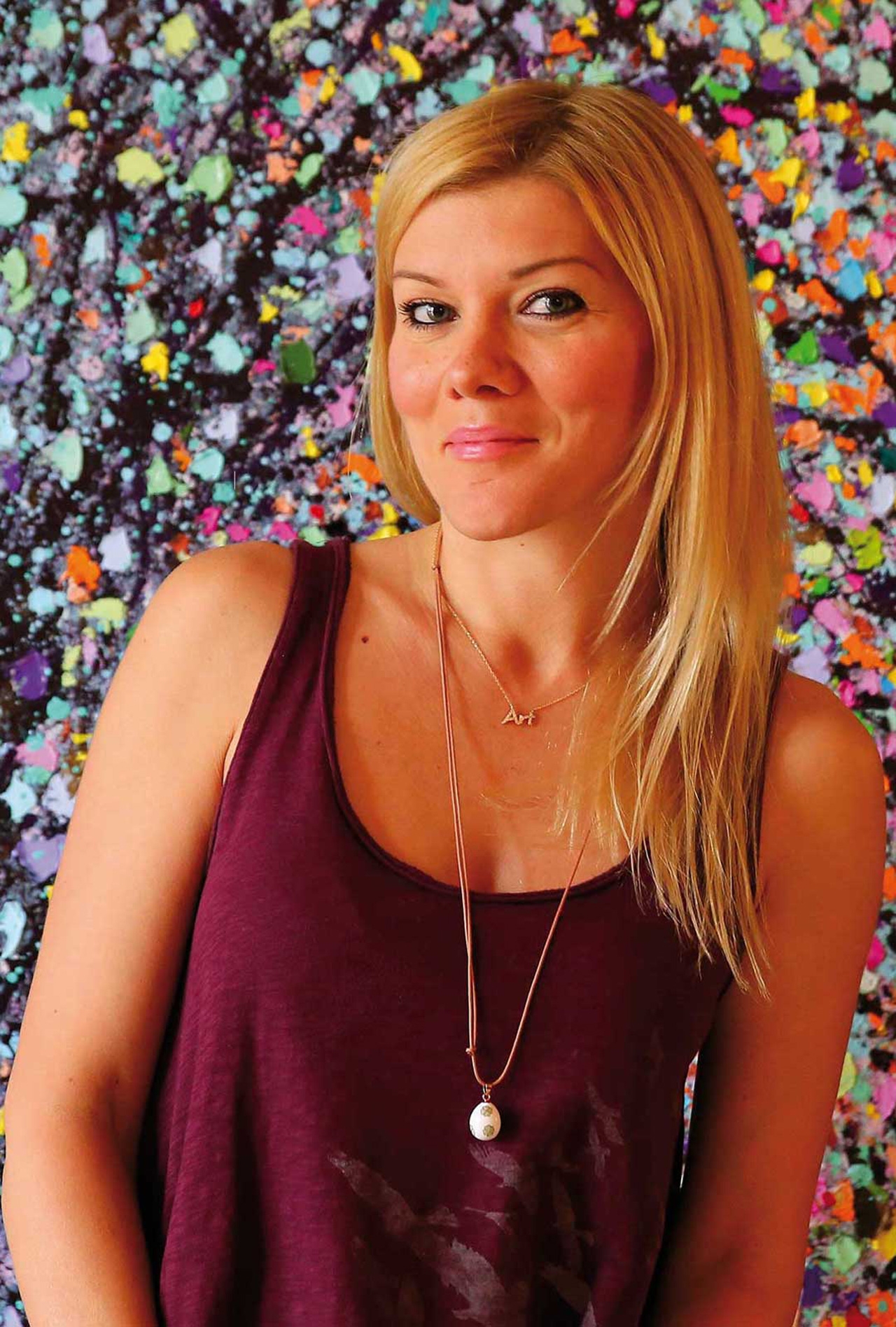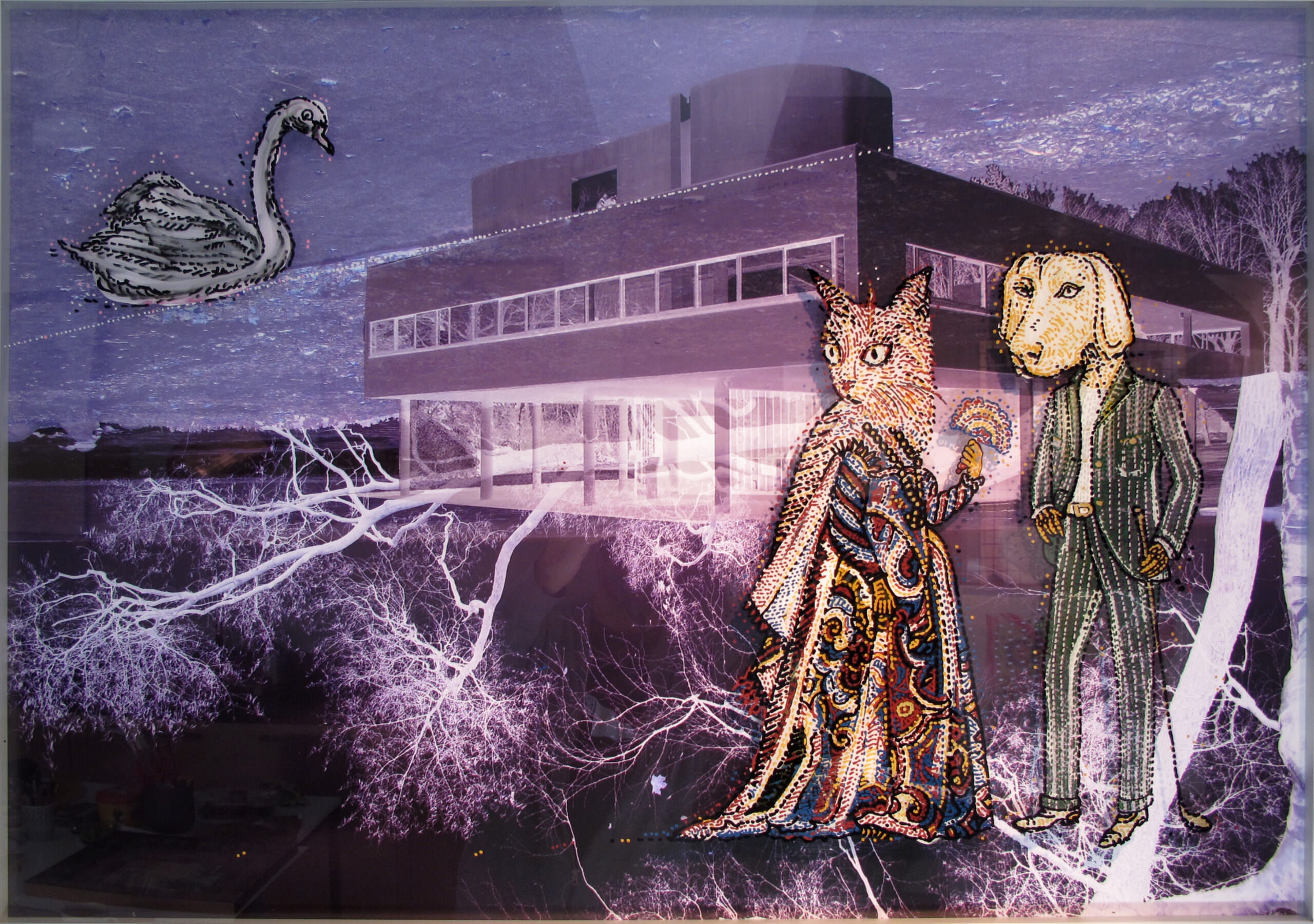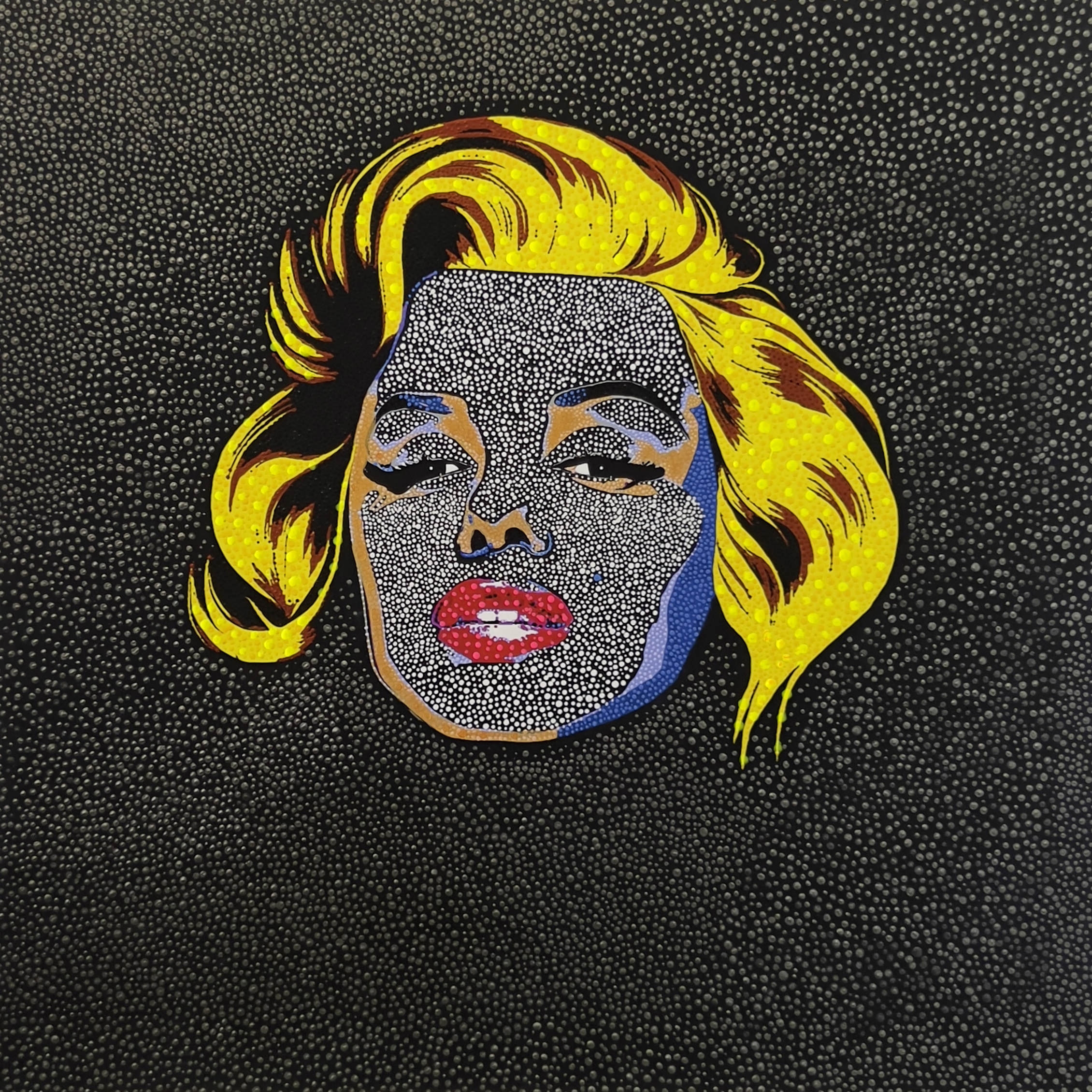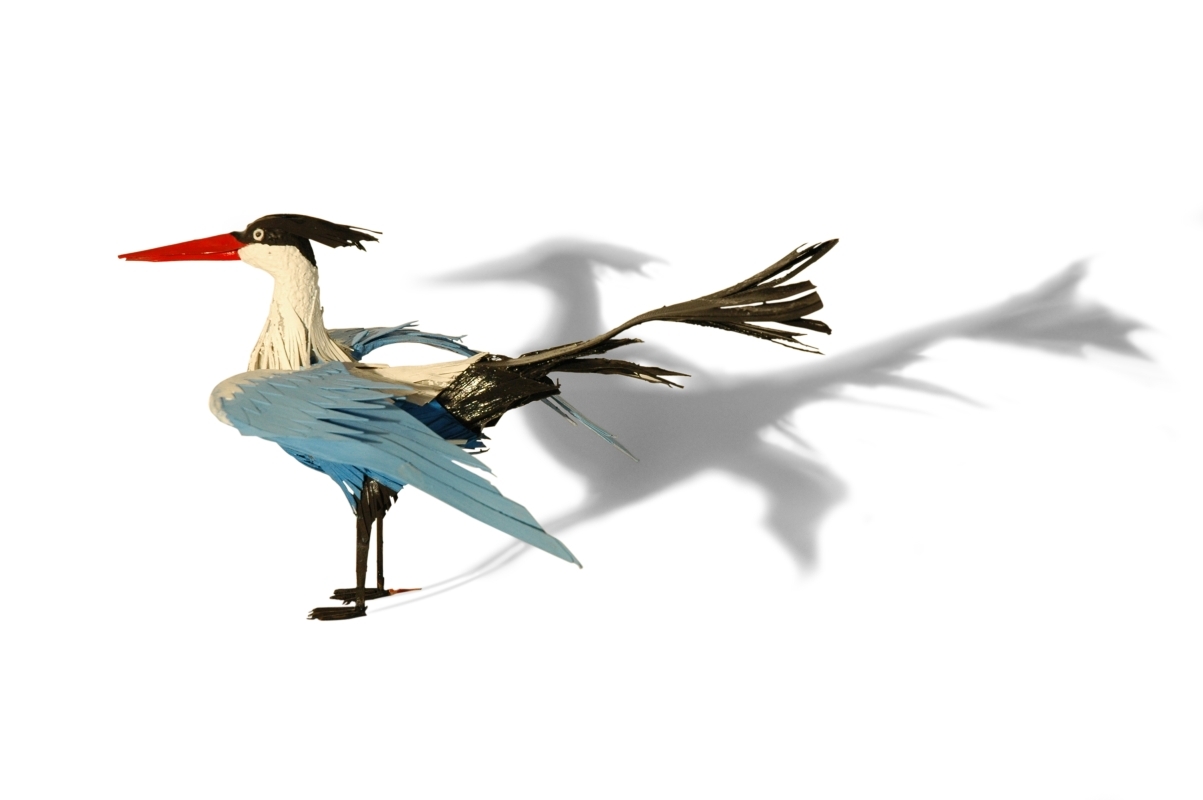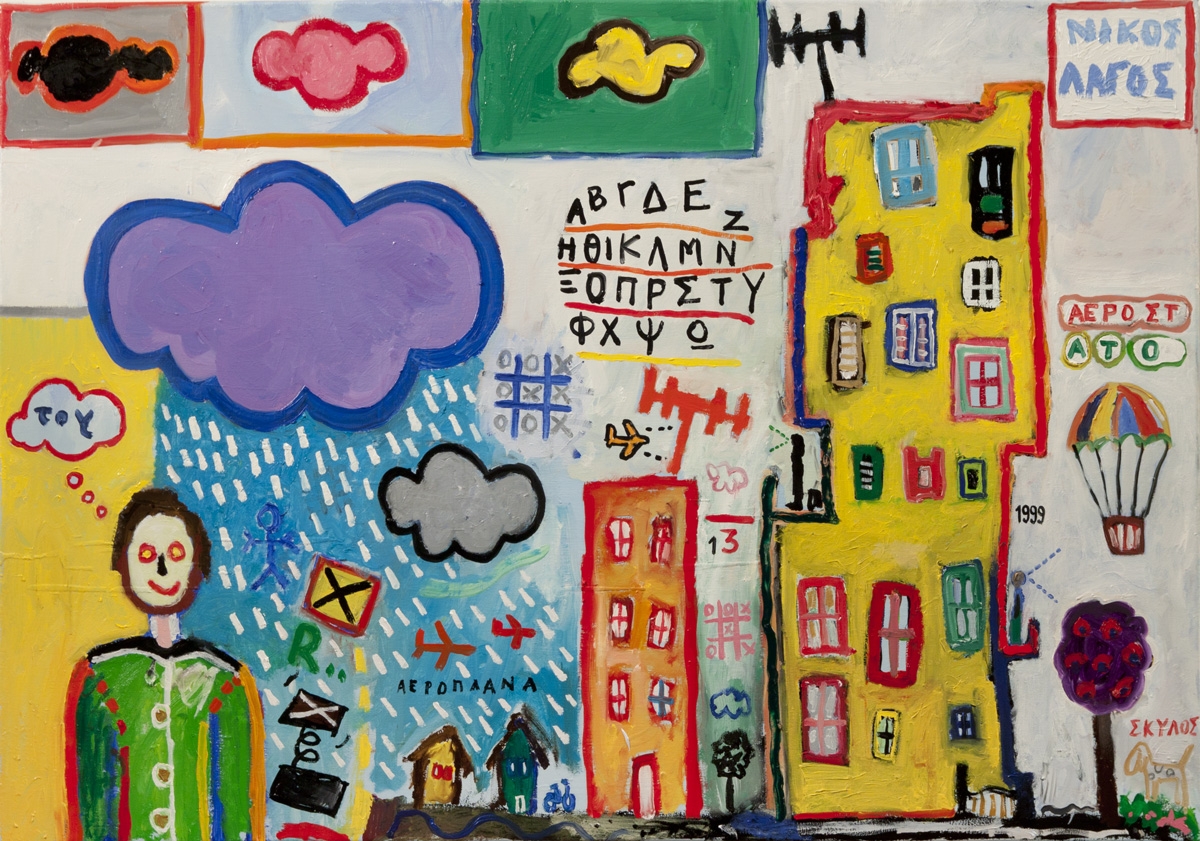Our obsession with female breasts is both culturally defined and psychologically explainable.
The models vary, according to history and location. For every Cranach there is a Rubens, for every Pamela Anderson a Kate Moss.
Breasts are a strong card of our cultural industry, “pornographic and prudish”, as described by Adorno and Horkheimer. Recent art, under the influence of feminist theory, has been conducting a critique of mass models and perceptions, at times aggressive, at times subtly ironic, at times tender. The reification of the body is being countered, the distinction between maternal and erotic breast contested, the cancer-stricken breast addressed. It all unravels within the framework of a broader departure from the traditional dualism of western thought (mind-body) towards em-bodied experience. This becomes the basis of discourse on identity and social practice.
The present work of Alexia Marouli originated in a family experience related to breast cancer. The larger works depict her emotional fluctuations, her personal self-criticism, the exorcism of her fears - which are our fears, too. Silent and monumental, almost hieratic, and with meaningful spatial tension, these works offer a radically different view from, say, that of Hannah Wilke’s landmark photo portraits of her ailing mother (1978-1981).
The smaller works continue the interest of the painter in the breast, no longer endangered, but acting as a kind of refuge or “pillow”, as Marouli says. It is a rare instance where the small paintings of an exhibition display exactly the same internal consistency and necessity as the larger, supposedly more ‘ambitious’, ones. If the first impression suggests erotic companionship, further associations will involve every breast that ever welcomed us in our life, and every heart we heard beating underneath. Even for a little while.
Manos Doukas
Art Historian

